After a restless night, I hurried up to try VALORANT’s newest sentinel in over a year and a half. I even shelled out the remaining VALORANT Points in my account to unlock her immediately. Doubts surrounding the Norwegian operative engulfed me as I authorized the transaction—is Deadlock worth all the hype?
Three weeks later, I am here to confirm that my decision to unlock Deadlock early didn’t go in vain—and it’s high time players on the ranked ladder, too, understood the nanowire expert’s niche.
There’s no denying that Riot Games put in commendable work to designing Deadlock for VALORANT. She is beautiful and fierce and offers the strongest barrier you can get in the game. Besides her annoying sound-scanning traps and forceful gravity-bending grenade, Deadlock can literally ‘annihilate’ opponents with her ultimate. Not to forget, her chilly agent-select animation and ultimate voice lines give me goosebumps every time.
Yet, players in my games and on the internet don’t seem to like or trust Deadlock’s sentinel powers. Whenever I hover over her portrait on the agent select screen, at least one of my teammates—mostly duelist instalockers—discourages picking her, suggesting going for Killjoy or Cypher instead.
Many have even declared her “useless” and the worst sentinel in VALORANT so far, just because her sound sensors can be walked past and how easy it’s to miss her ultimate. Players have a problem with her GravNet for not being like Fade’s Seize, which doesn’t make sense; why does it have to be like another ability? Seize doesn’t force players to crouch.
On the contrary, I still encounter players who don’t know how to counter Deadlock’s abilities. Some refuse to break the cocoon to free their teammates even when safe, while others just don’t seem to understand how Barrier Mesh’s fortification works. To top it off, there’s something about solo queue that makes players not want to communicate, overheat, and die in the most foolish way possible. Naturally, these types of players firmly believe Deadlock needs a nerf.
Related: Best Deadlock counters in VALORANT
Unsurprisingly, this isn’t the only time the player base has reacted so divisively to a new agent. For a while after Gekko’s release in Episode Six, Act Two, players had a hard time adapting to his abilities, especially his ultimate, with many declaring him too powerful and unbalanced. Once the hype precipitated, the same players realized Gekko’s drawbacks, learned how to counter him, and began preferring other initiators over him.
Having played Deadlock extensively in competitive and casual queues, I can assert that the community isn’t judging her fairly. She definitely isn’t the weakling you think she is. In fact, Iselin flaunts the most versatile sentinel kit in VALORANT currently and is very strong on defense. That being said, like all other agents, she has her share of issues.
Driving Deadlock on maps like Fracture, Haven, and Ascent, I could anchor sites more effectively than I ever could with Killjoy or Cypher on defense.
Her Barrier Mesh puts a full stop to the enemies’ plan almost instantly. I deploy it at chokepoints a bit earlier to avoid letting the enemies mow it down before fortification (if you’re looking for a counter, here’s one). I also make sure to put the barrier deep into the chokepoint to assert more map control (if facing this, just rotate to a different site). Lastly, please don’t call it a “weak Sage wall;” it isn’t supposed to be a bullet and vision-blocking wall.
For the GravNet, I have found it incredibly powerful in stalling aggressive approaches—it can get you some exciting kills as well. Whether you throw it at entry lanes at the time of a push and spray your opponents down or combine it with a deterrent ability like Raze’s Paint Shells or Breach’s Aftershock, GravNet is just too potent if timed right.
Despite my love for Deadlock, I have to agree that her Sonic Sensors aren’t as foolproof as Killjoy’s AlarmBot or Turret, Cypher’s Trap Wires, or even Chamber’s thoroughly nerfed Trademark. It isn’t as easy to walk past these abilities without triggering them.
Be that as it may, Sonic Sensors aren’t half as bad as some players think they are. I mean, they have a huge range and concuss enemies. All you have to do is place them at points where enemies will either have to fire, use a mobility power, or run. A flanker cannot “shift walk” their entire route, so place the traps at unexpected positions.
The best part about Deadlock’s kit is that, unlike other sentinels, you don’t have to stick to set plays with her. I was able to satisfy my inner duelist with Deadlock’s features countless times and was this close to making the fierce dame my main agent. Unfortunately, my emotional ties to the controller role held me back.
Deadlock’s ultimate, Annihilation, is also a great round-winning tool to have on defense and offense, helping clear tight spaces, cause panic and frantic firing, or pull an aggressive attacker away from their pack “to their grave.”
Ever faced an unaware Cypher or Killjoy busy surveilling a site or space until their entire team dies? Well, Deadlock isn’t designed to adopt a sit-back-and-relax strategy; she’s a team player.
Not only doesn’t her kit force her to cook up a set play before the round begins, but her abilities are also easy to deploy, letting her stand in the frontline beside duelists and initiators and help secure first blood. Instead of being a lurker on attack, she can help her team break into sites, block common entry points with her Barrier Mesh, and set up a solid post-plant plan with the rest of her kit.
Yes, her Sonic Sensors may struggle to detect a smart lurker before it’s too late. But I can assure you that a little creativity in placing these traps will go a long way. Not only have I managed to detect lurkers with quirky trap placements multiple times, but I have also fallen victim to some clever Sonic Sensor setups myself.
So, trust me when I say: Try predicting and following your enemies’ patterns and place Deadlock’s Sonic Sensors depending on their behavior. Alternatively, you can simply watch the flank more closely and use her concussing traps to discourage a Spike defuse. If a plan doesn’t work, change it—that’s what a tactical shooter is about.
Related: VALORANT Deadlock tips and tricks: How to best play Deadlock
I will also take the opportunity to emphasize that none of the agents are supposed to be a replacement for another. It just doesn’t sound fair when players compare Deadlock to Killjoy or Cypher. All agents have advantages and drawbacks, playing an important role in balancing the game’s state.
If you see a weakness, it’s meant to be there. An agent with no problems will make them overpowered, and none of us want that. Would it be fair if Deadlock’s infinitely ranged traps detected all kinds of sounds and movement?
You can blame the quirks of Deadlock’s traps for enemies passing through the back door, but remember that other traps in the game can also be smoked off or teleported over. Instead, you can shuffle up her traps’ placements or use them for a different purpose.
With Deadlock, it’s important to adapt to your enemies’ strategies rather than repeating a fixed plan over and over again. She can be a strong sentinel to deal with, but can also be countered in many ways. In my opinion, she is perfectly balanced in VALORANT’s current meta and doesn’t need a nerf (or buff) anytime soon.


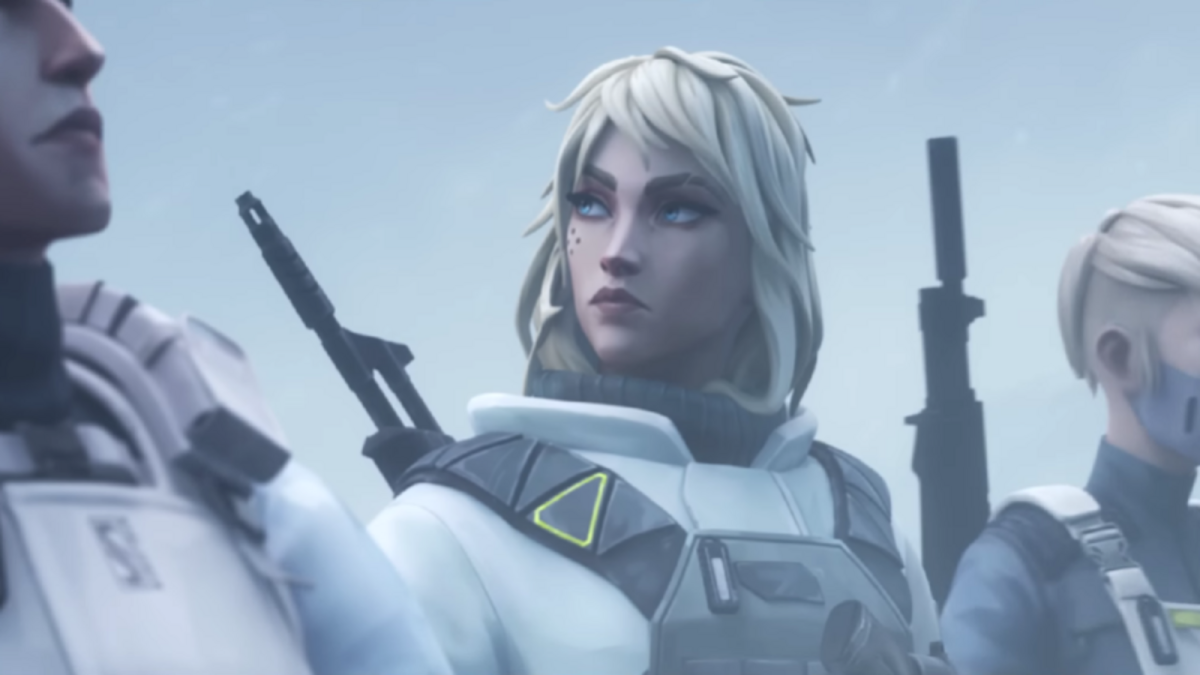
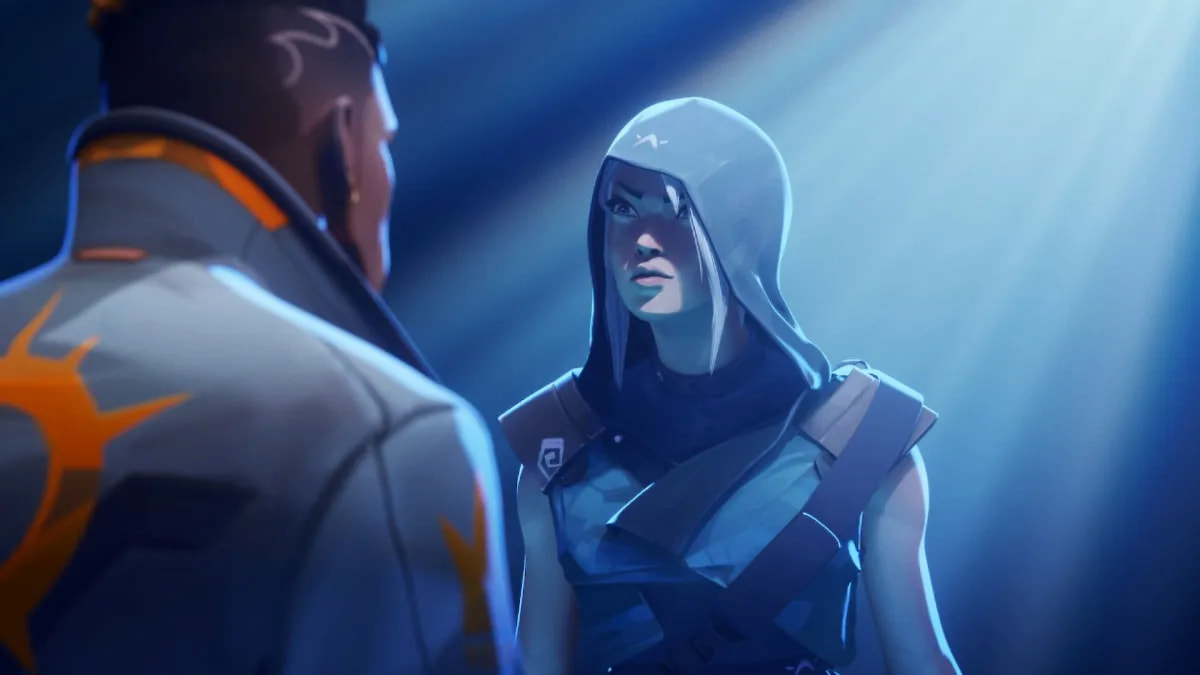
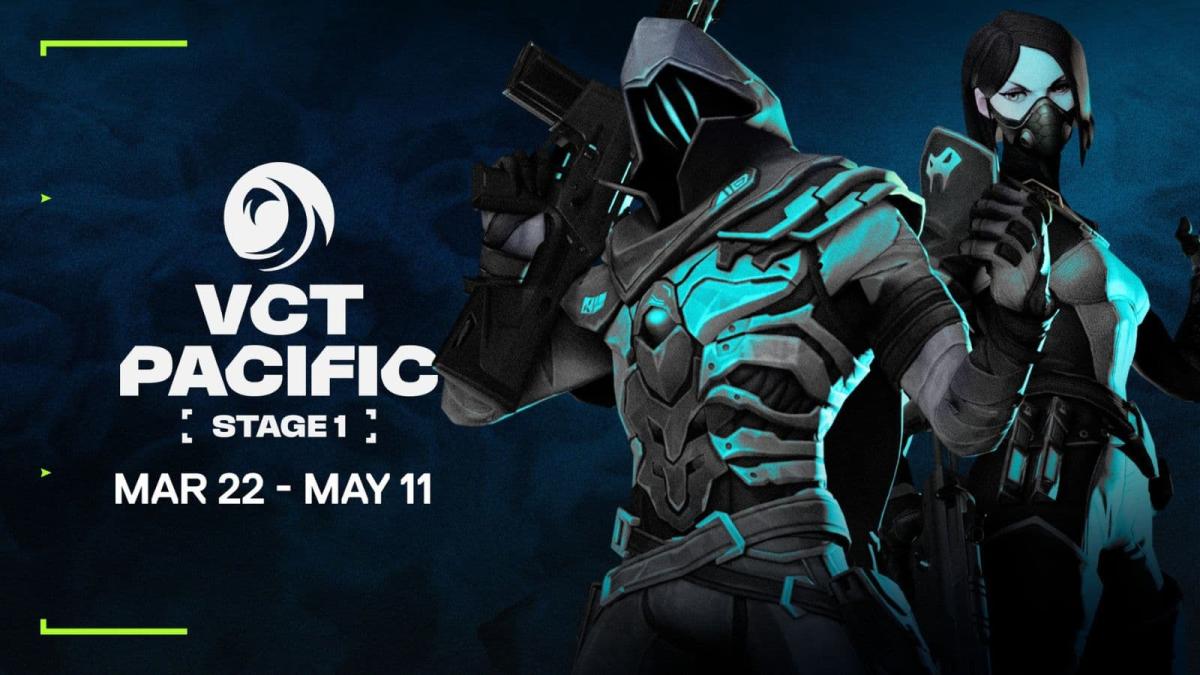

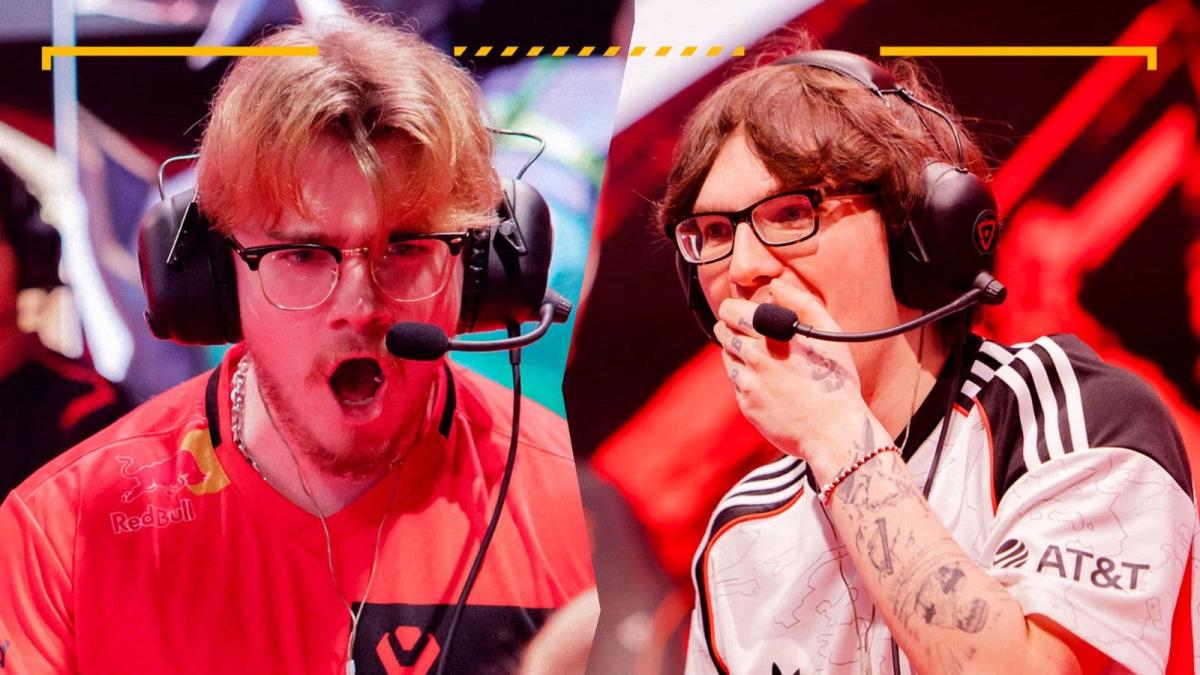
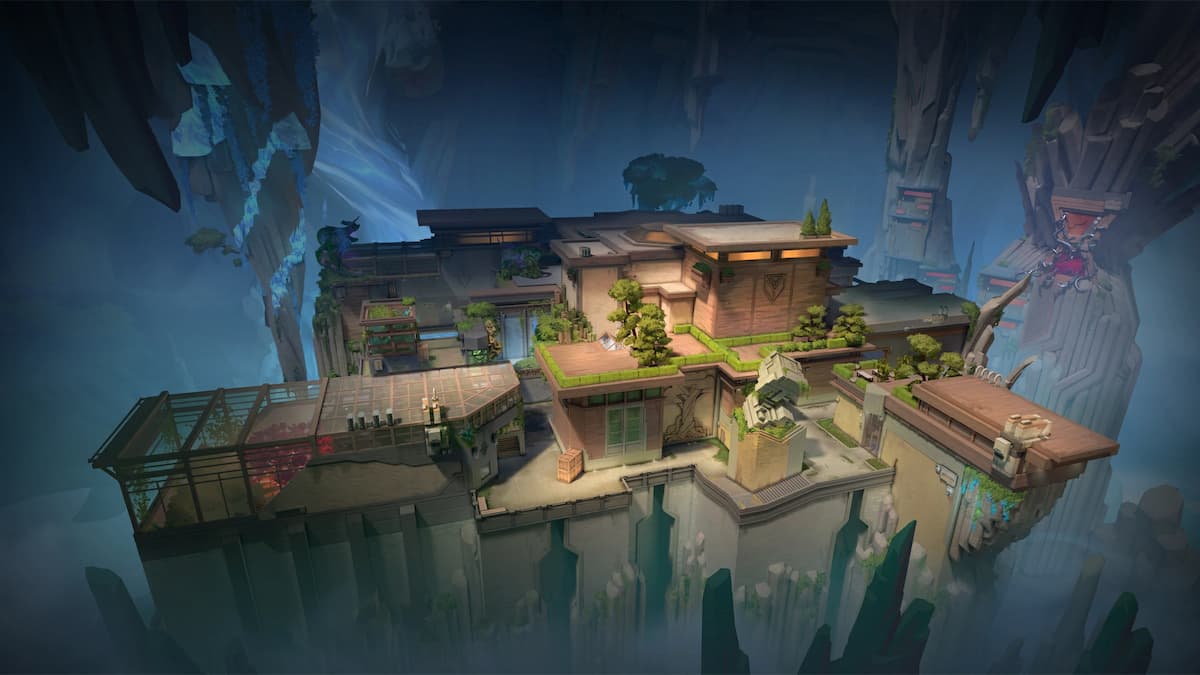

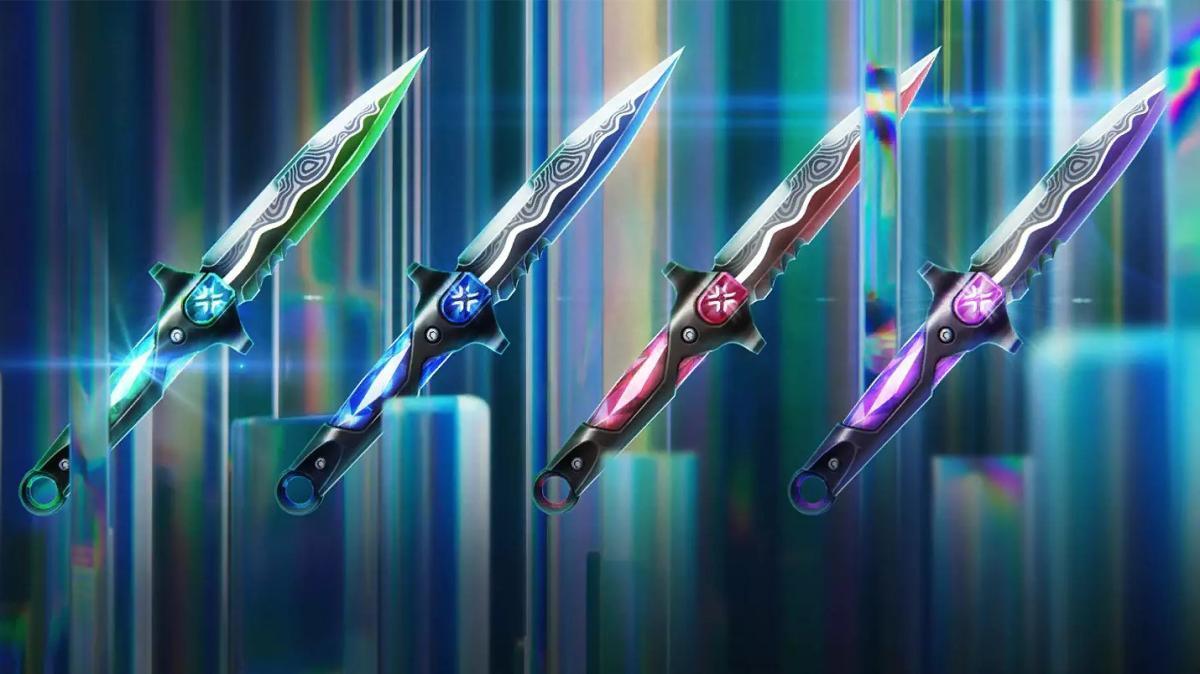
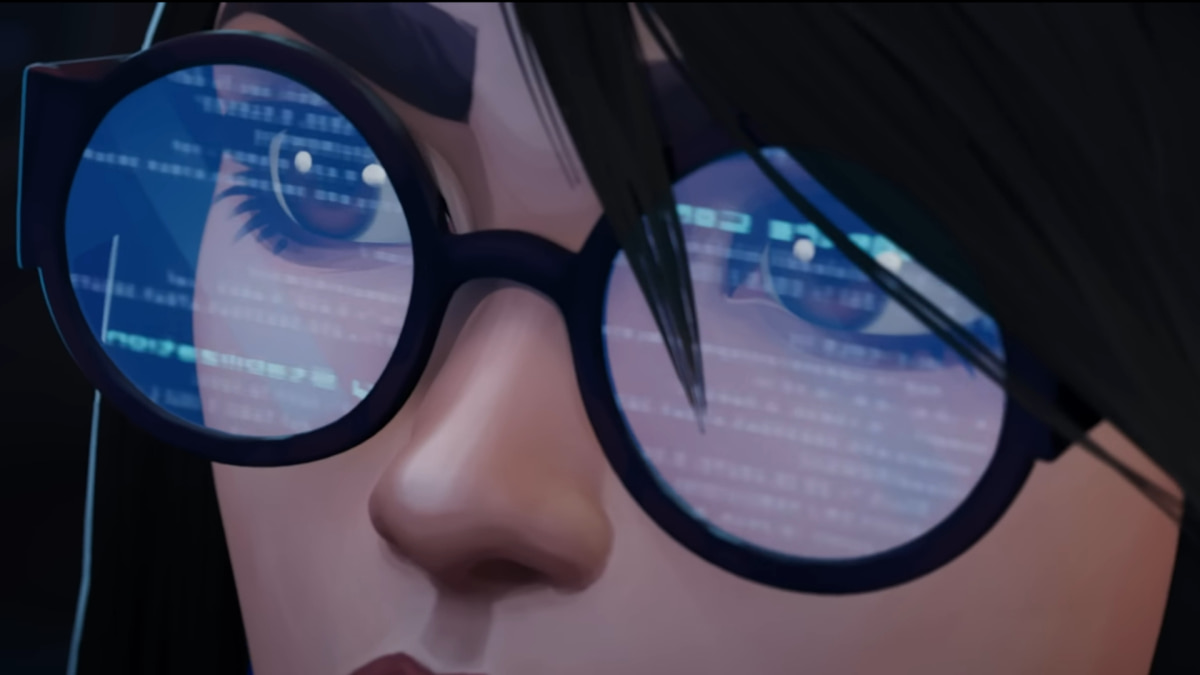
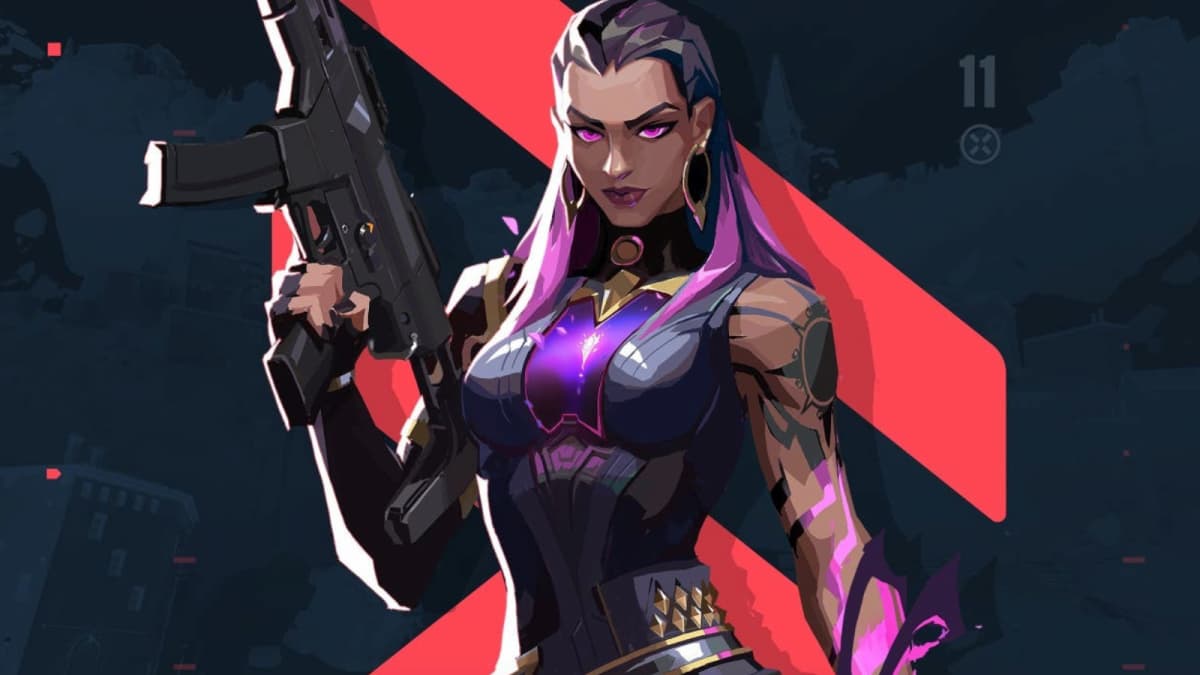
Published: Jul 20, 2023 03:58 am